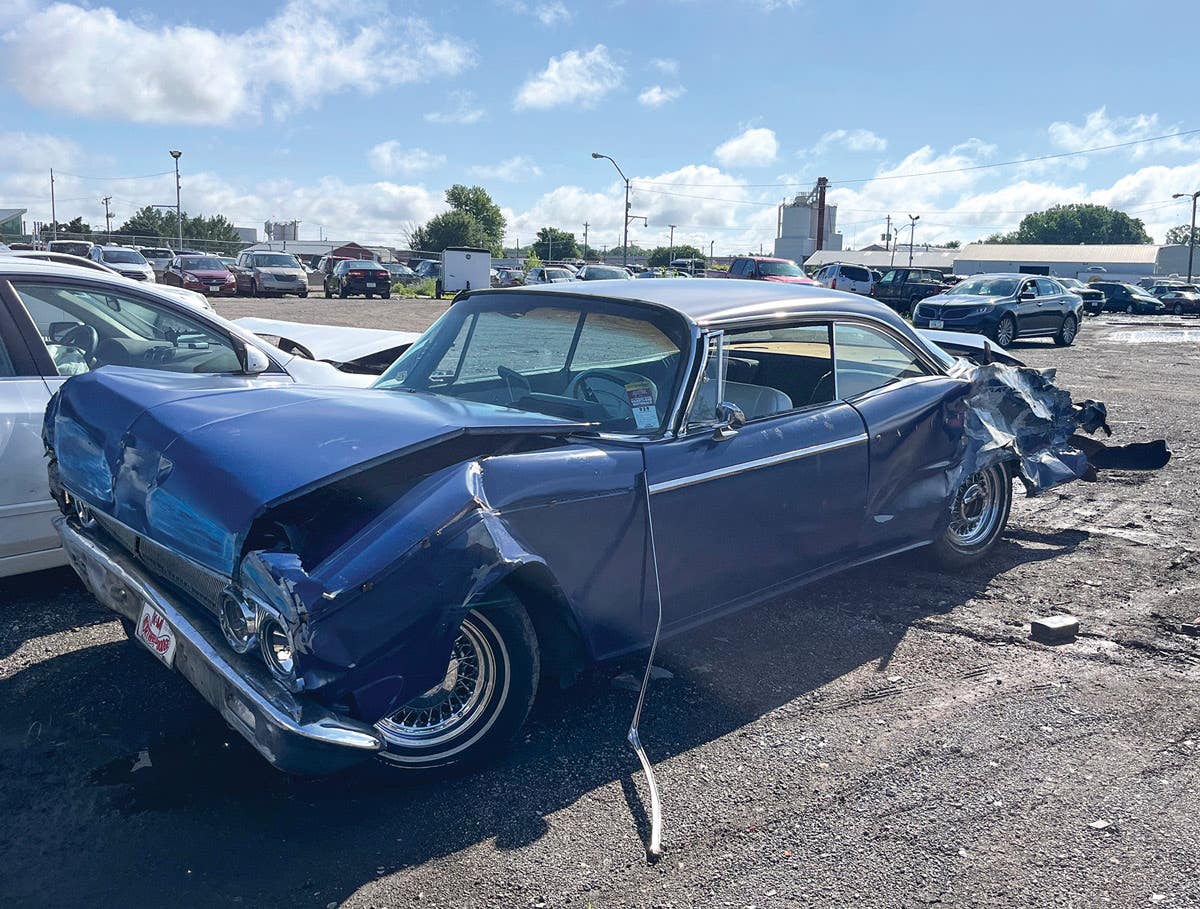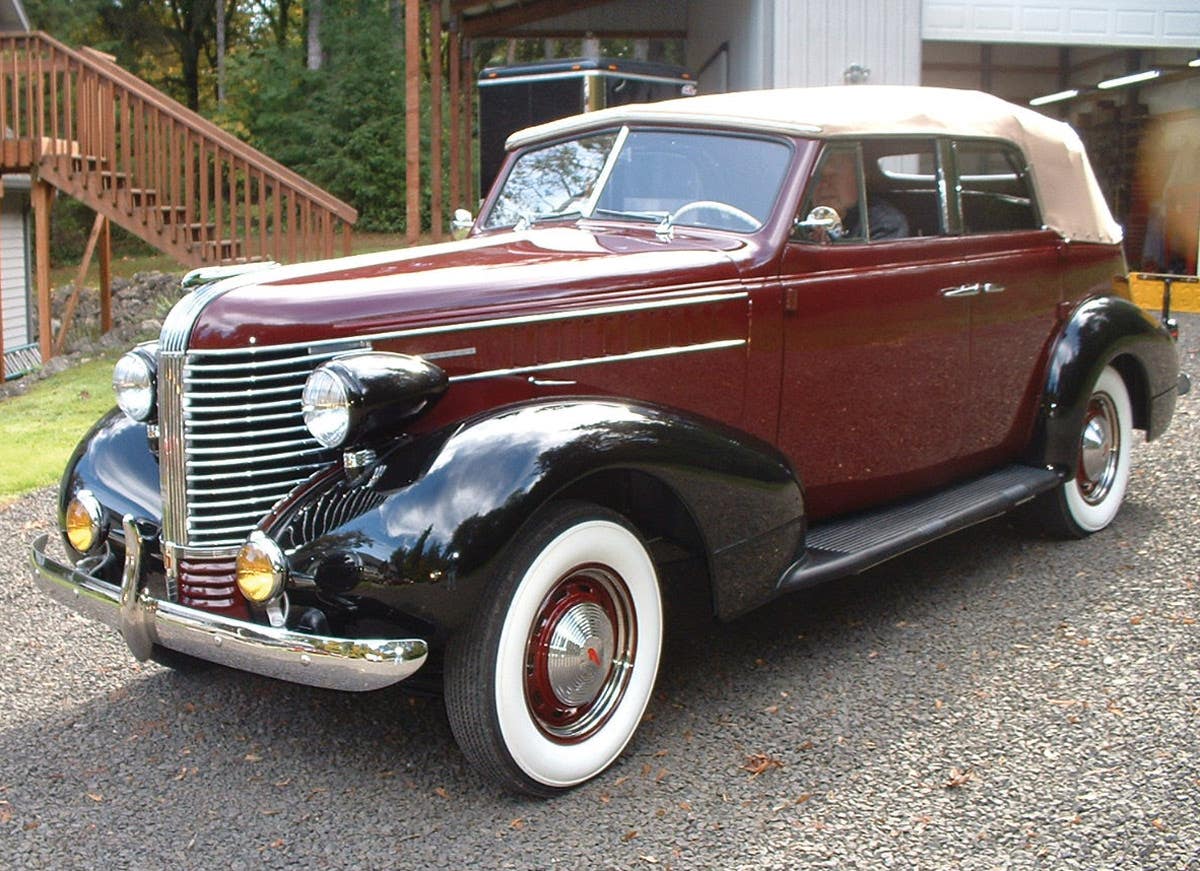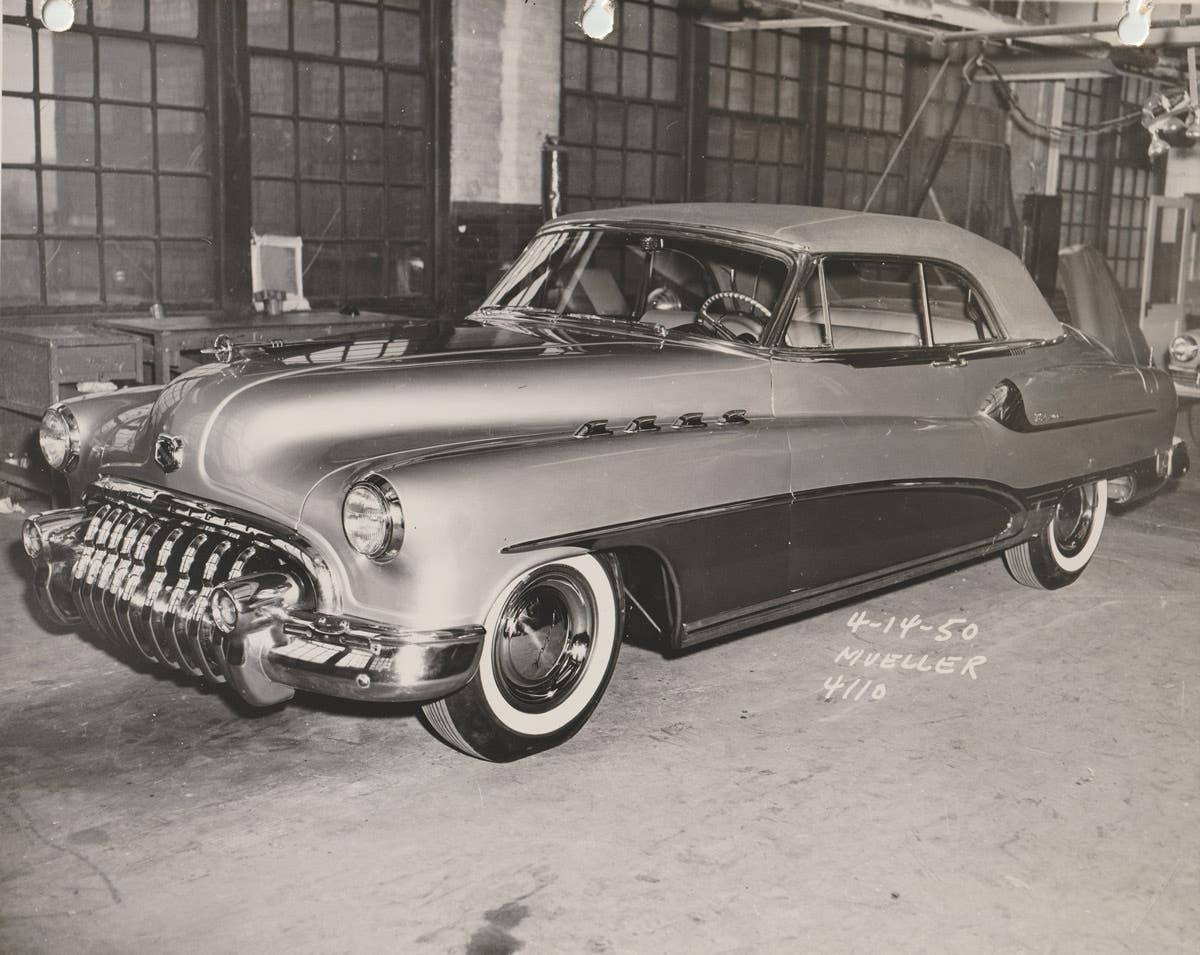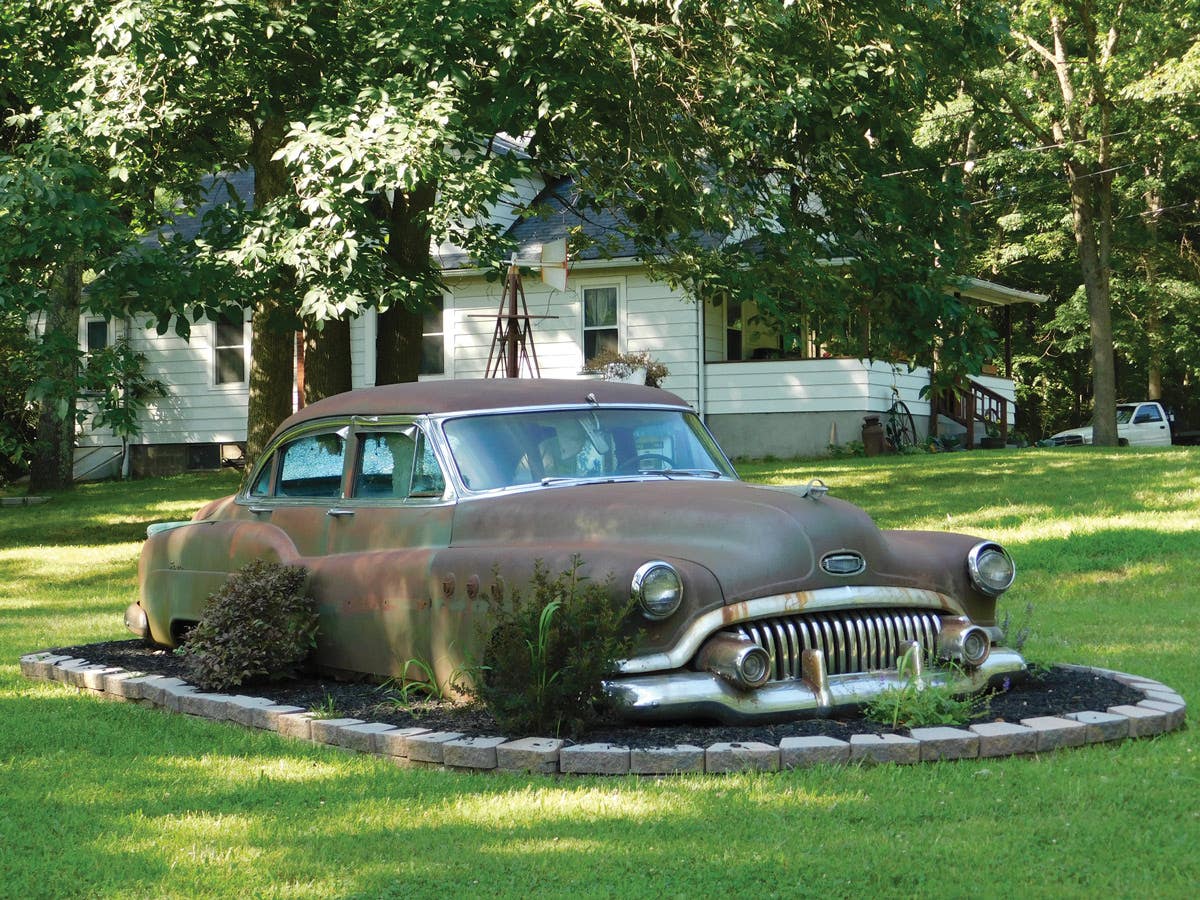Q&A with Kit Foster: November 28, 2013
Q. I would like to give you some information regarding the recent question about Conoco Germ Processed motor oil (Sept. 12 and Oct. 24). The original refinery and world headquarters…
Q. I would like to give you some information regarding the recent question about Conoco Germ Processed motor oil (Sept. 12 and Oct. 24). The original refinery and world headquarters of Marland Refining Co. was founded in Ponca City, Okla., in 1917 and incorporated in Delaware in 1921. In 1920, it was estimated that E. W. Marland and his partners controlled 10 percent of the world’s oil production. Mr. Marland was always seeking capital to expand. He secured financial backing from J.P. Morgan, who forced him out of his company in 1928. At that time Marland Oil Co became Continental Oil Co (Conoco). According to the book “Conoco: The First One Hundred Years,” Marland acquired rights for exclusive use in North America to the “Germ Process,” a method of improving lubricating oil that had been patented by two British scientists. I made a trip to the Conoco museum here at Ponca City and asked the staff if they knew exactly what the “Germ Process” was. They have several items in the museum from oil cans to advertising material, but nothing to tell what the actual process was. I also have a book, “The Conoco Collector’s Bible,” which has the most information. It says that Germ Processing was the first motor oil additive ever used by any oil company. Germ Processing was a special oiliness (polar) additive invented and patented by British scientists Wells and Southcombe in 1918. It was made from castor oil components. In 1934, Conoco developed a synthetic version called GD-160, later called MDS. This MDS was the material referred to as “Oil Plating” on cans and in advertisements. “Germ Processed” was chosen as the name of the first motor oil because it was a “germ of an idea.” Germ Processed motor oil was run in a destructive test on the Indianapolis track in 1933. Six identical Chevrolet cars were run continuously at a rate of 50 mph. One car used Germ Processed oil and the other five used competitive oils. No oil addition was allowed during the test. The car using the Germ Processed motor oil went 4,729 miles before engine failure. That was 1,409.2 miles and 116.88 percent over the average and 42.5 percent farther than the nearest competitor. AAA gave the product sanction number 3001 after the test.
There is more. In the early 1930s, Germ Processed oil became available in refinery-sealed, one-quart cans. Prior to that, it was sold only in bulk. There were nine different quart cans produced from 1930 to 1940. They say that the Germ Processed name was used from 1922 to 1940. There is also a picture in the “First Hundred Years” of the Miller Special driven by Dale Evans that raced in the 1930 Indy 500. It used Conoco Germ Processed oil. It says that the Conoco oil was the first stock oil to place in the event. I’m not sure what oil the other race cars used back then.
E. W. Marland, after losing the company, went on to become a congressman and the 10th governor of Oklahoma. There are many things here in Ponca City related to the oil boom days of the ’20s and ’30s. Two of E.W. Marland’s homes are now owned by the city of Ponca City and are open to the public, including his 55-room, 48,000-square foot mansion, sometimes referred to as the “Palace on the Prairie.”
— Dave Ring, Ponca City, Okla.
A. Although some parts of this story have come through from other readers, it’s good to have them all in perspective. Thank you for your very thorough research. I can’t help but notice the rather short distance to engine failure. Today we expect any new car to go far more than 4,700 miles without even adding a quart.
-------------------------------------------------------------
Q. I was wondering if any of your readers could identify this combination headlight-ignition switch. I have no idea what year or make it is but it says “all,” “heads rear,” “sides rear” and “off.” The lock is a Yale.
— Mike Riefer, Owensville, Mo.
A. Does it control the ignition with the key? The terminals on the back are labeled BAT, SIDE, REAR and HEAD. The label on the fifth terminal is unclear. I don’t recognize it. Does anyone?
To submit questions to this column: E-mail angelo.vanbogart@fwmedia.com or mail to: Q&A, c/o Angelo Van Bogart, 700 E. State St., Iola, WI 54990-0001.
Got Old Cars?
If you don't subscribe to Old Cars Weekly magazine, you're missing out on the only weekly magazine in the car hobby. And we'll deliver 50 issues a year right to your mailbox every week for less than the price of a oil change! Click here to see what you're missing with Old Cars Weekly!
More Resources for Car Collectors:
- Classic car price guides, research, books, back issues of Old Cars Weekly & more
- Get expert restoration advice for your classic car
- Get car pricing, data and history all in one place
- Sign up for Old Cars Weekly's FREE email newsletter
- Need to buy or sell your classic car? Looking for parts or memorabilia? Search our huge online classified marketplace







